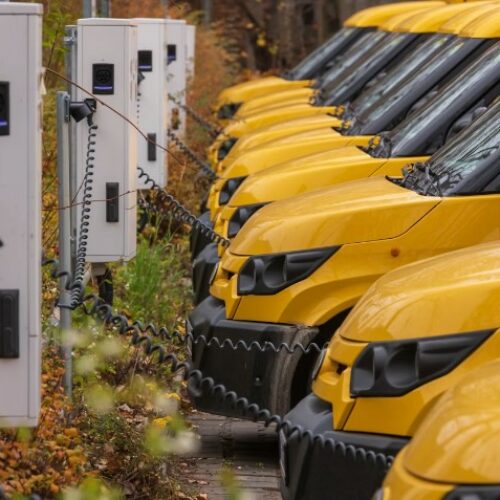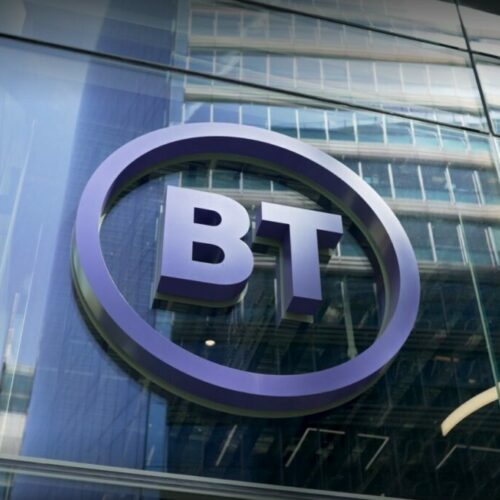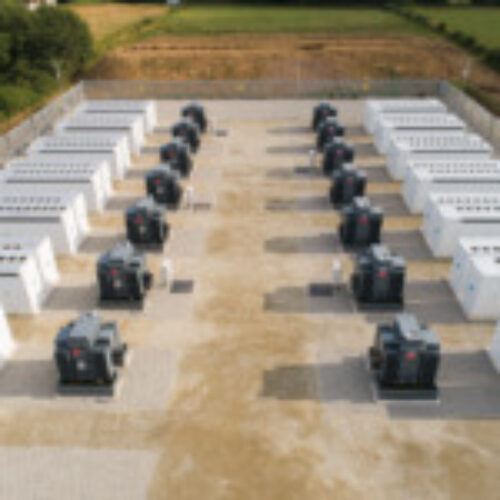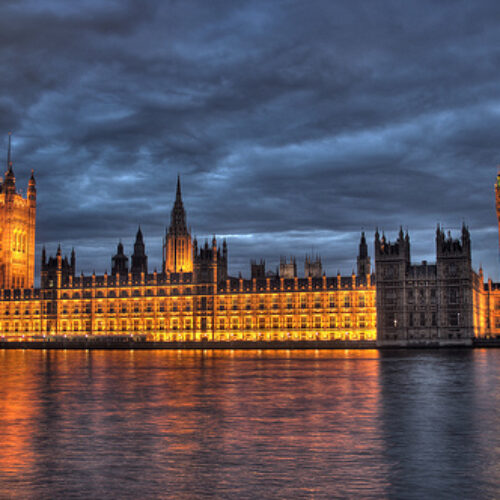Earlier this month Elexon published analysis showing that over the last 10 years, the percentage of the GB electricity generation mix that comes from wind and solar has increased from less than 3% in 2010 to almost 30% in 2020.
It is an example of how far we have progressed towards a low carbon electricity system. As a sector we must continue to replace fossil fuels with cleaner power generation to meet net zero. We also need to give low carbon generators more opportunities to get involved in balancing the system.
National Grid Electricity System Operator’s (NGESO) role is to keep the system in balance and traditionally it has called on thermal generators, or large industrial consumers to do the heavy lifting by either producing more electricity, or by reducing or increasing demand, known as demand-side response (DSR).
In the future, more DSR could be provided by smaller low carbon generators, battery storage and consumers. Aggregators will probably play a bigger role by co-ordinating this activity and offering their services to NGESO and Distribution Network Operators (DNO) to smooth out peaks and troughs in supply.
Elexon manages the Balancing and Settlement Code (BSC), one of 11 codes providing the commercial arrangements underpinning the energy system. Through the BSC Elexon makes sure that payments for imbalances in wholesale electricity supply and demand are settled accurately (a process called Settlement).
Working together, Elexon and NGESO made changes to the BSC and the Grid Code (respectively) in December 2019 to open up the Balancing Mechanism (BM) to independent aggregators. These ‘wider access’ reforms allow independent aggregators to trade DSR in the BM through the newly created ‘Virtual Lead Party’ (VLP) role. This is a major step forward for the smarter system, as previously aggregators could only use the BM if they were affiliated with a licensed supplier.
The next major BSC rule change that supports more DSR from smaller asset owners comes into force in June 2022. Modification P375 ‘Metering behind the Boundary Point’ is a ground breaking change to the code allowing the activity of smaller asset owners to be recognised in Settlement through use of individual ‘asset meters’. P375 was proposed by Flexitricity – a DSR provider and a new Virtual Lead Party (VLP) and we worked with them to develop the reforms.
The amount of electricity produced and the amount consumed will never perfectly match. Therefore our job when managing Settlement is to calculate the difference between how much generators and suppliers said they would produce or consume, and what was actually produced and used, according to meter readings.
Currently there is limited visibility of the actions of smaller asset owners located at ‘multi-use’ sites where storage, renewable generation and DSR provision are co-located. Examples of these sites include water treatment works and pumping stations. In the future, multi-use sites may include more battery storage as well as large scale electric vehicle charging points.
The limited visibility occurs because the BSC only recognises flows of electricity to and from the ‘boundary meters’. These boundaries are the points where these sites connect to local distribution networks. Because of this, the benefits to the system that individual units on these sites bring, such as producing more power, or increasing demand when needed are not being recognised in Settlement.
The P375 reforms will address that, as from next June data from individual asset meters can be used in Settlement. By this we mean an individual meter fitted at a unit that can record consumption or output every half hour. This is because the electricity day is divided into 48 half hour periods, where Settlement is carried out for each period. Some asset owners may have these meters already, others will need to fit them if they want to benefit from the changes. A variety of types and models exist, so to help asset owners we have developed a new code of practice that sets the standards required for asset meters in a way that is flexible enough to accommodate different designs.
We see P375 as an evolution of the ‘wider access’ reforms mentioned above. P375 will help aggregators obtain clearer information about the capabilities of these assets, which in turn will assist them in offering their services to network companies, or suppliers.
For the owners of individual assets, P375 could provide them with a more predictable income stream from balancing services. On the flipside, the reforms will benefit local DNOs. Having actual metered data on the capability of these assets will help DNOs to dispatch them with greater efficiency and control to manage supply and demand fluctuations.
We believe P375 is another important step on the road to net zero, as it will make it easier for smaller low carbon asset owners to offer their services and compete in new markets. The reforms are an example of the major changes that we need to introduce so that we can have a smarter, more flexible electricity system. Over the coming months we will work with stakeholders to put everything in place so that asset owners can start to benefit from these changes, from next summer.
The first Current± Briefings webinar will focus on the P375 modification, with Elexon’s Iain Nicoll joining us for Current± Briefings: Metering behind the Boundary Point on the 5 May 2021 at 10:00 GMT. To register, click here.




